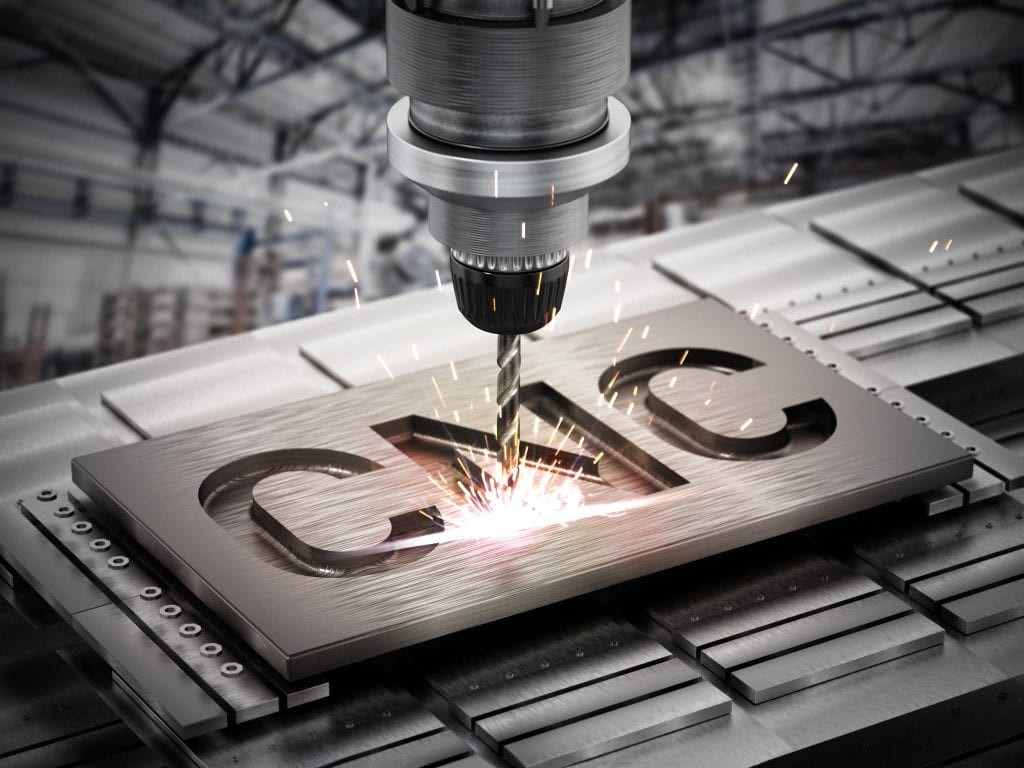
Tool deflection is one of the common challenges that manufacturers and engineers in China and around the world face in CNC machining. It can lead to several issues like increased machine chatter, ruined surface finish of a machined part, messed up dimensional accuracy, and so on. In general, the tool is placed in the chuck firmly; however, the material’s opposing force exceeds the tool’s operational force, which pushes or deflects the tool in an unexpected direction. Since the accuracy, surface finish, and CNC machining operation rely on tool alignment to some extent, tool deflection can cause several errors in the CNC machining process.
Therefore, when it comes to precision CNC machining, it becomes critical to understand what tool deflection is, what causes it, and what strategies can be used to reduce it. In this post, we will focus on all factors that can help reduce tool deflection to a minimum.
An Overview of Tool Deflection and Its Effect on CNC Machining
As its name implies, tool deflection refers to the deflection of the tool from its expected alignment. One end of the CNC machining tool is held inside the chuck and the other operating end of the tool is free or cantilevered. During the CNC machining operation, the tool consistently exerts a force against the work piece. As a result, the work piece also applies its resisting force back on the tool. Along with the resisting force, the CNC tool is affected by different operational forces as well. Thus, when a tool doesn’t sustain external forces, it gets deflected from its alignment.
Issues Caused by Tool Deflection:
- Failure of the tool or work piece
- Overall lifecycle depletion
- Dimensional inaccuracy
- Rough surface finish
- Potential surface damage
Tactics to Reduce or Prevent Tool Deflection in CNC machining
Even though tool deflection is not fully avoidable, you can still reduce it to a considerable extent by the following tactics.
1. Reduce Overhang Length:
Overhang length is the distance between the CNC tool’s clutching point and the tool’s operating tip. As the tool is mounted as a cantilever beam, it always faces bending stress and external vertical and horizontal forces. As per the load-stress theory for a cantilever beam, the shorter the overhang length, the lower is the bend stress impact. As such, when you will minimize the overhang length of the tool, it will reduce tool deflection.
2. Increase Tool Core Strength:
The core strength of a tool depends on its flute length and reach. The difference between flute length and reach dictates the core’s rigidity. Thus, long flute tools give high performance for radial consistent CNC machining operations. If the core diameter is kept thick, it offers more material wall to absorb shear stress, which ultimately enhances the core strength and rigidity of a tool.
3. Increase Tool Stiffness:
Generally, CNC machining tools are usually made of High-Speed Steel (HSS). This type of steel is deemed good for machining operations in general. But when subject to a higher stress load, the HSS tools are more prone to deflection. Hence, in such situations, you should consider carbide tools in place of HSS tools because Carbide is three times stronger and rigid than HSS. But, carbide is a brittle material. Thus, when you use carbide tools to reduce tool deflection, you will need to pay attention if the tool breaks.
















